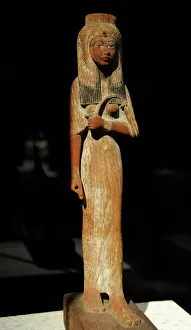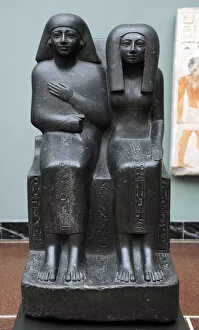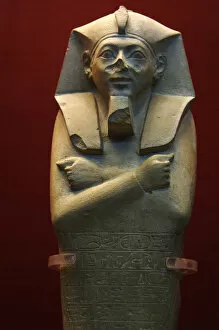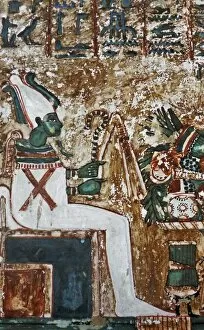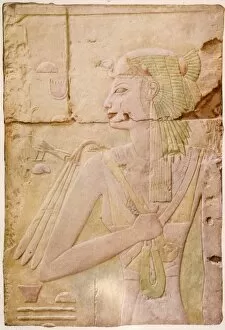Ahmose Collection
Ahmose, the renowned Queen of Egypt, is a figure shrouded in ancient history and captivating mystery
All Professionally Made to Order for Quick Shipping
Ahmose, the renowned Queen of Egypt, is a figure shrouded in ancient history and captivating mystery. Her legacy lives on through various artifacts that offer glimpses into her extraordinary life. One such artifact is a majestic statue depicting Ahmose-Nefertari, standing tall with regal grace. The intricate details of this sculpture showcase her power and beauty, symbolizing her influential reign as queen. Another intriguing piece associated with the Canopic jars. These ornate vessels were used to store the organs of deceased individuals during the mummification process, and is believed that one of these jars belonged to Ahmose herself, further emphasizing her significance in Egyptian culture. Amasis II, who reigned from 570-526 BC, also played a role in preserving Ahmose's memory. He commissioned statues and wall-paintings dedicated to her honor. One such painting depicts Ahmose alongside her mother—an intimate portrayal that showcases their close bond. The Shabti of King Ahmose I serves as another testament to his enduring presence throughout history. These small figurines were placed in tombs to serve their owners in the afterlife—a symbolic representation of eternal loyalty and devotion. Perhaps one of the most striking depictions can be found on the Stele Irynefer: Anubis and Osiris enthroned facing Queen Ahmose Nefertari. This elaborate stele portrays divine beings paying homage to this remarkable queen—evidence of how she was revered even by gods themselves. As we delve into these remnants from ancient times, we are transported back thousands of years ago when Queen Ahmose ruled over Egypt with wisdom and strength. Through these artifacts, we catch glimpses into an era long gone but forever etched within our collective human story.

